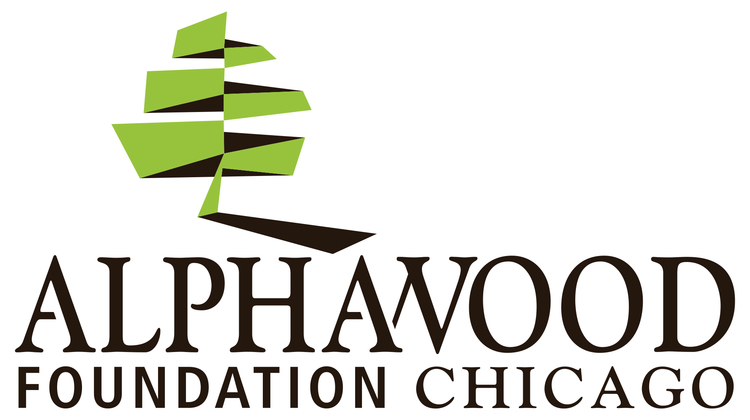There are scores of artworks in "Art AIDS America Chicago," the new and groundbreaking exhibition that attempts to survey AIDS-related art and make a case for its lasting influence on the art world.
But look closely at the artists' names on the wall cards, and you'll notice a demographic fact that is perhaps not a surprise but soon becomes overwhelming.
Jimmy DeSana, 1949-1990.
Keith Haring, 1958-1990.
Brian Buczak, 1954-1987.
David Cannon Dashiell, 1952-1993.
Roger Brown, 1941-1997.
Felix Gonzalez-Torres, 1957-1996
Jerome Caja, 1958-1995.
And on it goes. Not exclusively, of course, but to a large degree the show is populated by men who died in their 30s and 40s, sometimes in their 50s, some of them already famous, some of them making work that would bring them to the cusp of fame.
Co-curator Jonathan Katz explicitly does not want this to be a "necrology." He is making an argument that AIDS-related art has helped bring the personal and the political back into art-making that had grown abstract and intellectual. But necrology — a list of deaths — is an inescapable part of the story, as is the feeling the exhibit instills of reliving a traumatic time. Boxes of tissues are placed throughout for a reason.
Almost inconceivably, this is the first such survey to appear in major museums; it debuted at the Tacoma Art Museum in Washington, and its most recent stop before Chicago was at the Bronx Museum of the Arts in New York City.
In Chicago, its last stop, it will be up through April 2 at Alphawood Gallery, a new space at 2401 N. Halsted St. developed specifically for the show by the Alphawood Foundation, its primary sponsor here. Admission is free, but organizers ask that visitors secure timed entry passes via www.artaidsamericachicago.org.
"It's unique in Chicago to have a major exhibition like this in a temporary space," said James McDonough, the foundation's executive director. "We view it as an act of activism."
Its Chicago run adds not only the name of the city to the exhibition's title but many local works, including an introductory video about AIDS and art in the city. "Art AIDS America Chicago" will be augmented by extensive public programming, everything from panel discussions, artist interviews and artist workshops at the gallery to a public talk on Gonzalez-Torres at the Art Institute and a related exhibition coming in January at the DePaul Art Museum. A full schedule is on the website.
